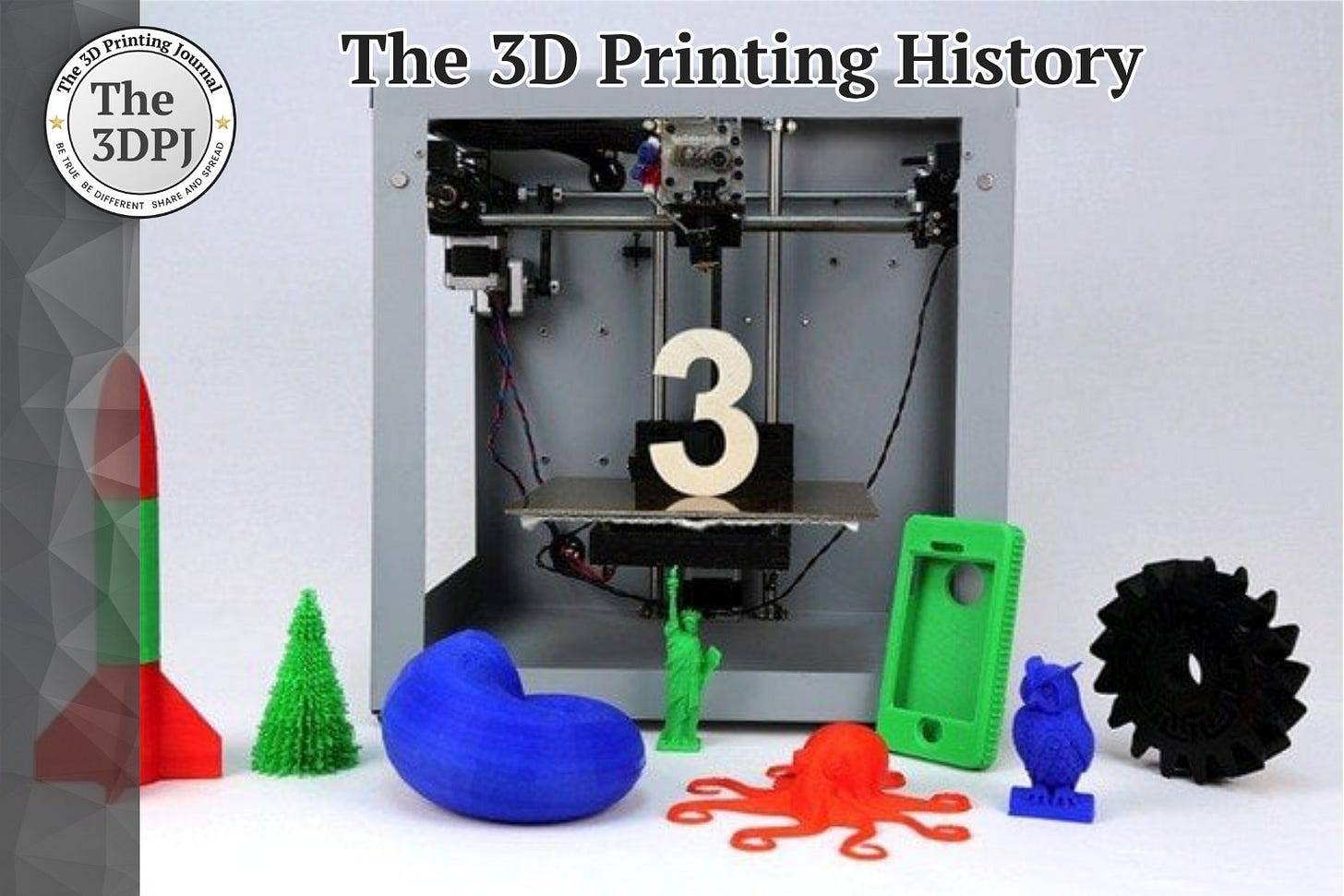06-29-2013: Solidoodle reported record sales for its super-cheap desktop 3D printers
Just three years later the company no longer existed...
On June 29, 2013 Solidoodle, a New York-based manufacturer of cheap, desktop FDM / FFF 3D printers, announced that since its launch in September 2011, it has sold around 5,000 3D printers and generated revenues of $4 million. A year later, it boasted that it had sold over 10,000 3D printers. In March 2016, it filed for bankruptcy...
Solidoodle was founded by aerospace engineer Sam Cervantes. The company was one of the founders of the US desktop 3D printer market, alongside MakerBot Industries and Aleph Objects (Lulzbot). In spring 2012, the company released a 3D printer for the then-exceptionally low price of $499 – the first-generation Solidoodle. In mid-November of the same year, it began pre-sales of a larger model for $799.
In January 2013, the third-generation Solidoodle hit the market. As you can see, the company was focused on really fast product development, which at the time was one of the foundations of its early success.
In the spring of 2012, Solidoodle opened a new factory in Brooklyn, NY, able to fulfill orders in just two weeks – another extraordinary feature for those times. By then, the company had shipped over 5,000 printers worldwide. The company employed over 50 people at the time, and the business, which was originally based mainly on online sales, soon expanded to include distributors and resellers in the UK, Russia, Asia, South America, and Canada.
The problem arose at the turn of 2014 and 2015 when Solidoodle decided to move production of 3D printers from the US to China. The first batch of fourth-generation 3D printers turned out to be poorly manufactured, preventing them from being distributed on time in the pre-holiday period. Additionally, the company was embroiled in a labor dispute, which only compounded its problems. Throughout 2015, Solidoodle tried to regain its lost balance, but ultimately lost its liquidity, and a significant part of the then 70-person team left. In March 2016, the company finally closed down.
The story of Solidoodle is an example of a dynamic market entry and rapid growth that was hampered by operational problems and intense competition. The company had a significant impact on the popularization of 3D printing, especially in the US, but ultimately did not survive in this demanding market.
Source: www.3ders.org



